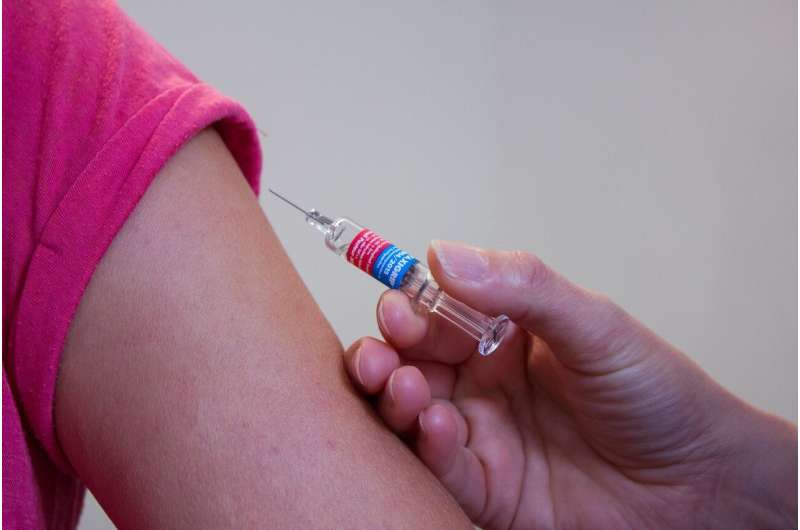A Historical Overview of Federal Investment in Basic Scientific Research

Explore the pivotal role of federal funding in shaping biomedical research in the U.S., from World War II innovations to modern genomic discoveries, and its impact on health and medicine.
Biomedical science in the United States has reached a pivotal moment, driven by decades of federal support that has transformed healthcare and disease understanding. For over 75 years, the U.S. federal government has collaborated with academic institutions to fund discoveries that have revolutionized medicine, leading to significant health improvements and lives saved. This partnership originated during World War II, inspired by Vannevar Bush's 1945 report, "Science, The Endless Frontier," which emphasized the importance of basic research as the engine of technological progress. Bush recognized that fundamental science fuels innovations that benefit society at large.
Following his vision, agencies like the National Institutes of Health (NIH) and the National Science Foundation (established in 1950) invested heavily in research and education, positioning the U.S. as a global leader in science. Federal funding allowed scientists to explore the underlying mechanisms of health and disease, leading to breakthroughs in cancer, cardiovascular diseases, infectious diseases, and mental health. Landmark studies such as the Framingham Heart Study, initiated in 1948 with federal support, identified key risk factors for heart disease and continue to influence clinical practices today. Similarly, the Human Genome Project, launched in 1988 with a $3 billion investment, mapped the human genome and paved the way for personalized medicine, supporting hundreds of thousands of jobs and generating billions in economic value.
Throughout its history, Harvard Medical School (HMS) has been at the forefront of integrating basic science with clinical medicine. Its researchers have made foundational discoveries supported by government grants, helping translate scientific insights into real-world medical advances. The unique synergy between basic research and clinical application at HMS continues to be fueled by federal funding, which is essential for tackling societal health challenges that lack immediate commercial incentives. As the landscape of scientific funding faces new challenges, maintaining and strengthening this federal support is critical to sustaining innovation, scientific progress, and improved health outcomes for future generations.
Stay Updated with Mia's Feed
Get the latest health & wellness insights delivered straight to your inbox.
Related Articles
Artificial Light Disrupts Natural Connection Between Menstrual Cycles and Lunar Phases, Study Finds
A groundbreaking study reveals that artificial lighting diminishes the natural synchronization of women's menstrual cycles with lunar phases, potentially affecting fertility and health.
Advancements in Toe Transfer Surgery Improve Outcomes After Finger Amputation
Emerging evidence suggests that toe transfer surgery outperforms finger replantation in restoring hand function after amputation, offering a promising alternative for patients worldwide.
Metabolism's Role in Breastfeeding’s Protective Effect Against Breast Cancer
Emerging research reveals that a woman’s metabolism, particularly mitochondrial function, influences how breastfeeding can reduce breast cancer risk. Personalized nutritional strategies may enhance protective effects and improve prevention efforts.



